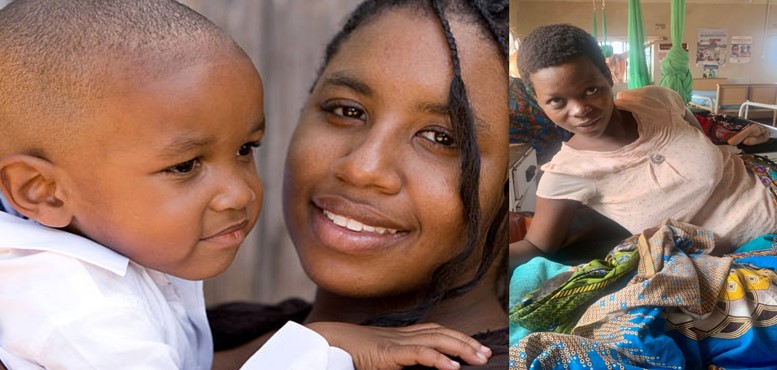In Rwanda, teenage pregnancies are rising The cost is high, analysts say
Post By Diaspoint | August 27, 2023

Previous efforts to combat teen pregnancies were met with success in Rwanda, but that progress has now stagnated
Aime was only 16 years old when she was forced to drop out of school in Karongi district of western Rwanda due to extreme poverty.
Her parents found it difficult to pay her fees so the teenager left to go work for another family in the neighbouring district as a domestic help.
“They had promised to help me get vocational training so I could start my business someday, but they didn’t keep their promise,” Aime told Al Jazeera. Instead, she was not only mistreated by her employers but raped by one of the family members. Her full name has been withheld here to protect her identity.
When she became pregnant, the boy involved said he would take responsibility and offered to support me, but then the family learned about it and immediately dismissed her. When she returned home, her family also disowned her.
“I had brought them shame,” she said, speaking slowly, in measured words, as she described her ordeal.
All of 17, Aime was pregnant, homeless, and facing an uncertain future – a fate she shared with many young girls in Rwanda and the region.
Despite considerable progress in recent years, adolescent pregnancies remain a major concern in sub-Saharan Africa. Globally, the birth rates in 2022, for girls aged 10-14 was estimated at 1.5 per 1000. However, this figure was closer to 4.6 for sub-Saharan Africa, according to data from the World Health Organisation.
In Rwanda, where previous efforts to combat teen pregnancies were successful, progress has now stagnated. According to the most recent Rwanda Demographic Health Survey, released in 2020, the number of underage pregnancies rose from 17,337 in 2017 to 19,832 three years on.
“With the onset of COVID-19, this rocketed to 33,423 in 2022 – amounting to an increase of 17.5 per cent from 2017 to 2022,” Lydia Zigomo, UNFPA’s regional director for East and Southern Africa (ESA) told Al Jazeera. It was observed by WHO that about 5 percent of girls aged 15-19 had begun childbearing at the time, and about 4 percent had given birth.
“Although the teen pregnancy situation in the East and Southern Africa region is slightly better than the sub-Saharan Average [SSA] average … still close to 3.5 million, over half of all adolescent births in SSA, occur in the ESA region,” she added.
‘Twice as likely to die’
Read More from original source
